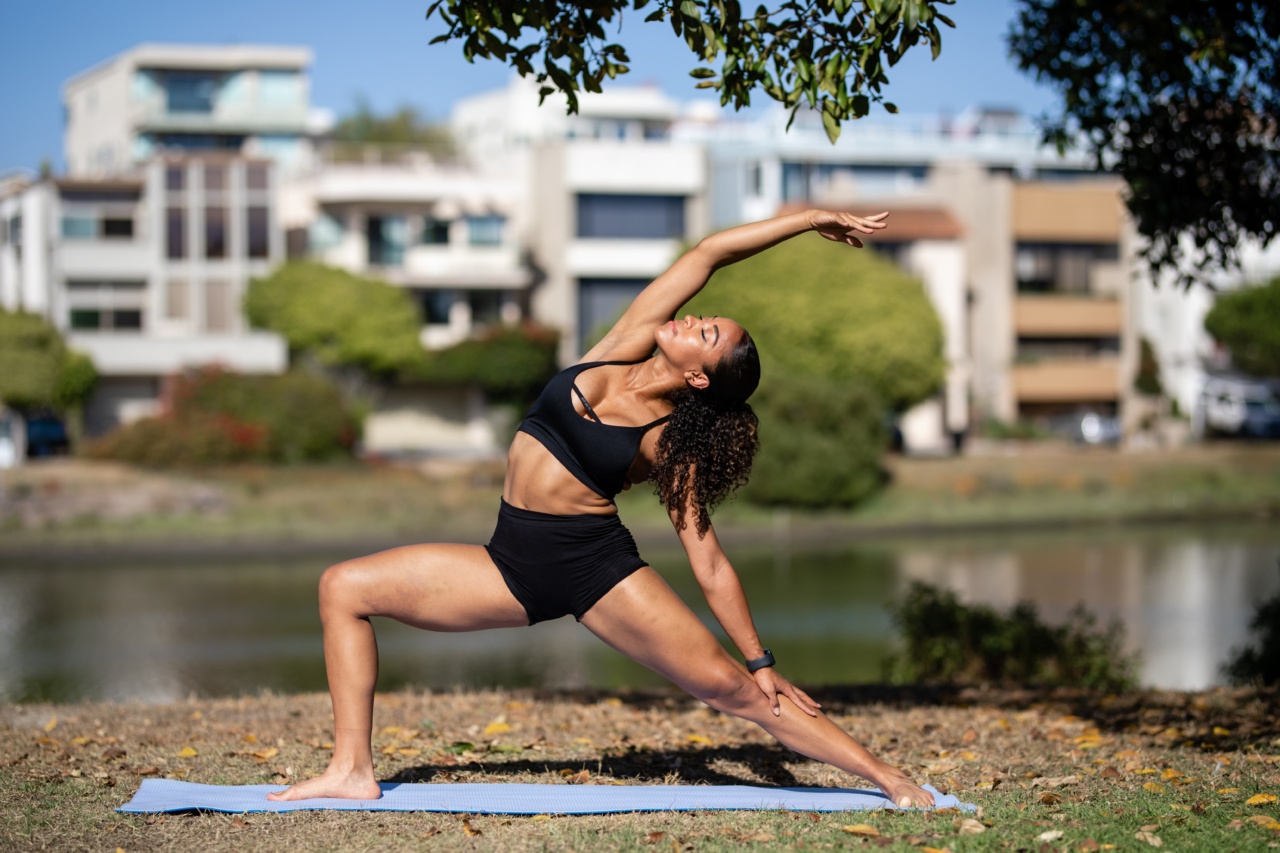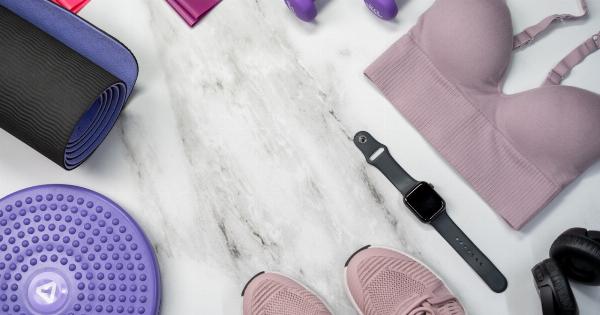When it comes to choosing a bra, comfort and fit are crucial factors. Wearing a poorly fitting bra not only affects your appearance but can also pose serious health risks.
It’s important to understand the potential problems associated with an ill-fitting bra and how to find one that suits your body perfectly.
The Importance of Proper Bra Fit
Wearing a bra that fits correctly is essential to ensure optimal breast health and overall well-being. Here are some prominent health risks associated with wearing a poorly fitting bra:.
1. Breast Pain
One of the most significant consequences of an ill-fitting bra is breast pain. A bra that is too tight or too loose can cause discomfort and soreness in the breasts.
Improper support can lead to strained ligaments and tissues, causing pain and even contributing to long-term breast sagging.
2. Shoulder and Back Pain
Wearing a bra with inadequate support can place excessive strain on the shoulders and back. This can lead to chronic shoulder and upper back pain.
Ill-fitting bras often pull on the straps, causing them to dig into the shoulders, resulting in discomfort and the potential for long-term pain issues.
3. Poor Posture
A bra that doesn’t fit properly can significantly impact your posture. When shoulder straps are too tight or digging into the skin, they can pull the shoulders forward, causing rounded shoulders and a slouched appearance.
Over time, this can result in poor posture, leading to various musculoskeletal issues.
4. Restricted Blood Flow
A bra that is overly constrictive can restrict blood flow to the breasts, potentially causing issues such as decreased circulation, lymphatic congestion, and even breast tenderness.
Properly fitted bras allow for proper circulation, promoting breast health and overall comfort.
5. Skin Irritation
Wearing an ill-fitting bra can cause skin irritation and discomfort due to friction and rubbing. The wrong size or style of bra can lead to chafing, redness, and even rashes.
Opting for a bra that fits well and is made from high-quality fabrics can help prevent skin-related problems.
How to Measure Yourself Correctly
Proper bra fit starts with accurate measurements. Here’s a step-by-step guide on how to measure yourself correctly:.
1. Band Size
Using a soft tape measure, measure around your ribcage, just below your breasts. Make sure the tape measure is snug but not too tight. Round the number to the nearest even digit. This measurement gives you your band size.
2. Cup Size
For the cup size, measure the fullest part of your bust. Subtract your band size from this measurement. The difference determines your cup size. For every inch difference, refer to a cup size chart to determine your letter size.
Finding the Perfectly Fitting Bra
Once you have your accurate measurements, it’s time to find a bra that fits you perfectly. Keep the following tips in mind:.
1. Try Different Styles
Not all bra styles are created equal, and finding the right one for your body shape and breast type is crucial. Experiment with different styles, such as balconette, full cup, or plunge bras, to determine which ones provide the best fit and support.
2. Pay Attention to Band and Cup Sizes
Remember that the band and cup sizes can vary across different brands and models. If possible, try on bras in various sizes to find the best match for your measurements.
Adjusting the band size while maintaining the cup size may be necessary to achieve the perfect fit.
3. Check for Proper Support
When trying on a bra, analyze how well it supports your breasts. The center gore between the cups should sit flat against your sternum, and the underwire, if present, should encase the breast tissue fully for optimal support.
4. Assess Comfort and Freedom of Movement
Comfort is vital when choosing an everyday bra. Ensure the bra doesn’t dig into your skin, pinch, or create any discomfort. You should be able to move your arms freely without any restrictions.
In conclusion, wearing a poorly fitting bra can have a detrimental impact on your health. From breast pain and shoulder/back pain to poor posture and restricted blood flow, the consequences can be significant.
Take the time to measure yourself correctly and find a bra that fits well and provides adequate support. Your overall comfort and breast health depend on it.






























